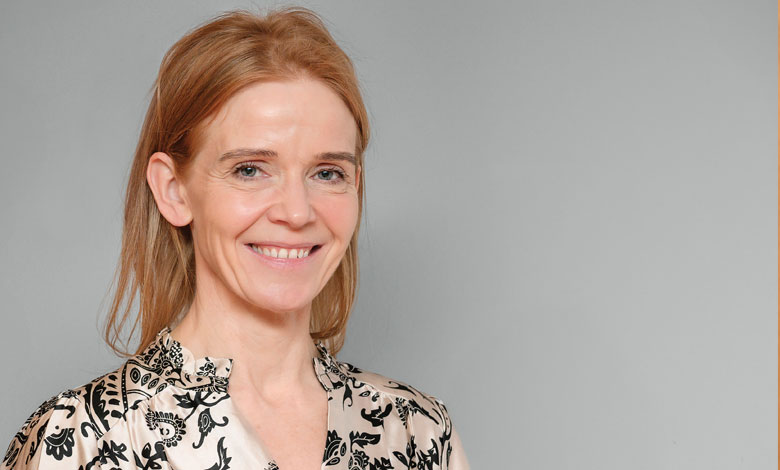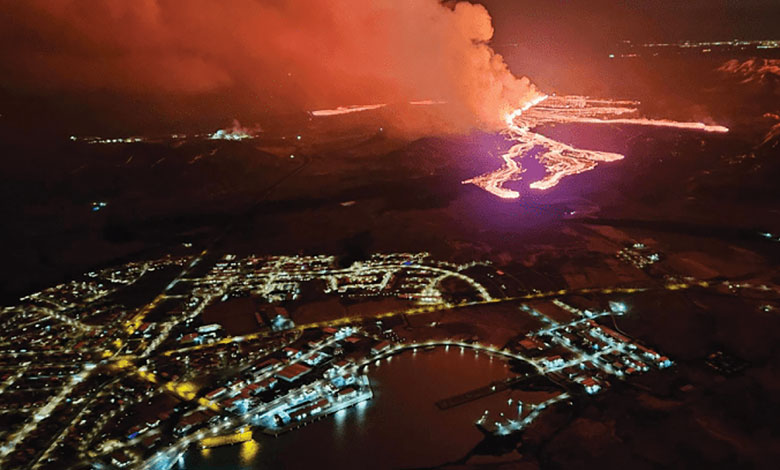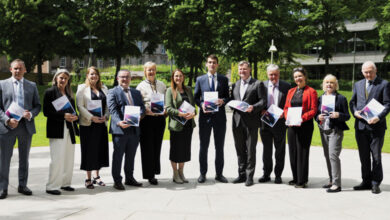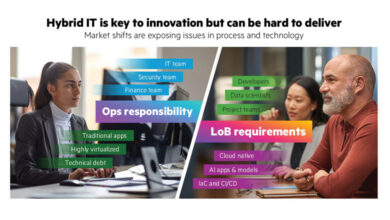Identifying opportunities in emergencies

Birna Íris Jónsdóttir, CEO of Digital Iceland, tells eolas Magazine how the organisation is consolidating government services and explains the way it can be deployed in an emergency.
Digital Iceland is the Icelandic public service portal, providing all state service in one place. Jónsdóttir traces the organisation’s goal to simplify people’s lives and ensure all Icelandic government agencies are “on the same page”, namely the Digital Iceland website. She says: “We want to move data and not people.
“We see emergency as opportunity. We first saw this during the financial crisis of 2008. In 2015, the Icelandic Government made available a mortgage relief scheme. To access this, citizens needed to have an electronic ID (eID) enabled.”
This led to eIDs being administered to 96 per cent of the population. Now, eIDs are used as an electronic signature in various government services to provide secure online authentication. Jónsdóttir also traces how the organisation took advantage of the Covid-19 pandemic by enacting legislation which obliges government agencies to deliver documents to citizens through Digital Iceland’s digital mailbox.
Citizen-first approach
Outlining the driving force behind Digital Iceland, Jónsdóttir insists: “We always put the citizen first. All of our projects are based on that guideline. It also directs our technical approach. We wake up to simplify citizen lives.”
Stating that the organisation has achieved significant success in its five-year history, Jónsdóttir asserts that this was enabled by its “focus on the user experience and front-end solutions”. Digital Iceland also designed its system to facilitate government agencies in delivering services.
Jónsdóttir explains that they use open source coding and adds: “There is a lot of lock-in with the legacy systems of the Government. This is not only in Iceland, this is all over the world. We are starting to unwind this lock-in, and making the platform more scalable and accessible by generating open source code and engaging with different development teams through a framework agreement.”

However, only between 25 and 30 per cent of Iceland’s agencies have joined Digital Iceland which Jónsdóttir identifies as a challenge for the organisation. She says she would like to see legislation created that would stipulate an obligation for all government agencies to join the portal.
Along with the digital mailbox, Digital Iceland also offers an authentication service, an authorisation service, and an app which gives citizens access to their government data. Jónsdóttir adds that they are currently transferring healthcare data into the portal. She explains that the organisation offers a standardised applications system and has developed around 300 applications for digital services for government. “This is a huge opportunity to do things better and improve processes,” she says.
Jónsdóttir explores the challenges this presents: “We have a clear content strategy and this is often difficult for the agencies because they want their legal text in the portal, but our content strategy states that the content has to be expressed in a way that the citizen understands.”
She asserts that the organisation’s “secret sauce” is a framework agreement which gives them access to over 100 software developers and specialists across 20 teams in the market. The framework agreement goes to tender every two to four years. Digital Iceland makes smaller statements of work agreements within the framework agreement which allows the team “to be very agile and scale up and down according to our focus”.
“We are very flexible. This is an opportunity for the Government to invest in the market, be supportive of development and innovation in the Icelandic market,” says Jónsdóttir.
Digital support during emergencies
Stating that it was “time for the drama”, Jónsdóttir displays an image of Grindavík, a small town with a population of about 3,500 in the southwest of Iceland. She follows it up with another image of the town, this time featuring a lava flow originating from the nearby Sundhnúkagígar Crater Row volcano which has erupted multiple times since 2023.
Outlining how Digital Iceland responded to the eruption on one occasion – which destroyed three houses and led to the evacuation of the town – Jónsdóttir says: “What was needed was digital support and digital services for this event. We were able to put up a web page in only three days with all of the information needed for the people of Grindavík.
“Emergency services needed to apply to access the town because of the dangers, and we delivered this application process. The people of Grindavík also had to apply to enter the town and these applications were set up in a matter of days.”
Concluding, Jónsdóttir says: “The foundations that we have built in the digital journey made it possible to react quickly and well to this emergency and provide services to people in a robust manner.”





